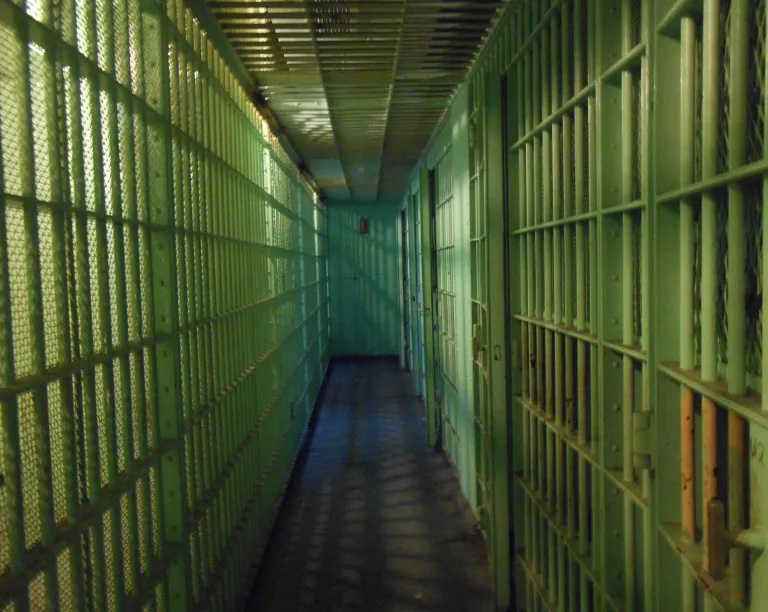On a cold day in the wake of a war, starving Italian citizens wanted to put up a poster against raised tariffs but were told to hop it by the government – which in short order was faced with 100,000 protesters and severe rioting.
Italy’s imperial excursion to Libya in 1911-12 had caused a great deal of suffering at home as well as abroad, helping to fuel significant discontent the following year. The government’s war on the Ottomans was successful, but had cost vast sums bringing shortfalls in both national and local budgets. As a result sympathy for socialist, and anarchist, positions had risen, including in London, where a small movement had been very lively in the 1890s, but slowed in the latter part of the 1900s..
Coverage of the war and its aftermath galvanised the likes of Errico Malatesta, Silvio Corio, Pietro Gualducci and Natale Paravich, who talked with (see here, p88), among others, then-Freedom editor Tom Keell to help fund a new paper, Volontà, to aid the development of radicalism in Italy. Among those early supporters was Emidio Recchioni, whose son Vero would go on to publish Freedom through the second half of the century.
This increased agitation and focus was almost certainly behind Freedom‘s interest, in its March 1913 issue, in events which had taken place in Napoli over recent weeks. The impact of the war was particularly acute in a metropolis which a cleric-backed rightist council had been busily looting for years under Ferdinando Del Carretto di Novello, driving it to near-bankruptcy.
Italian Socialist Party organ Avanti!‘s report on The Situation, explaining some of the background, was likely the source for Freedom’s international news report. It noted a pactum sceleris had arisen between the municipality and central government, in which money would be made available but with onerous strings attached, including eye-watering tariffs on basic goods. When a committee was formed to oppose the rises, “the prefect, with a cheerful air and a paternal tone, as if he were speaking to little boys, sent them away.”
A manifesto was drafted, and laughed out of the office. Posters were refused. A rally was called, and promptly banned. So finally, denied all rights of protest, the committee called a demonstration anyway, and effectively dared the authorities to stop them. Avanti! reported:
The Neapolitan people, who had been taxed, harassed and gagged, did the rest. Without prohibitions, and without display of armed men, there would have been a procession and a solemn gathering of 100,000 people in Piazza Municipio. Nothing else.
But the government felt an example must be made, and sent out its forces. Freedom reported the result:
February 3rd was chosen as the day of popular revolt against this unbearable burden of high prices.
The masses were so determined that several detachments of police could not brave the fury of the demonstrators armed with sticks and stones. Troops were called out, and, together with the police, they charged the crowd. Several shops in the bourgeois quarter of the town were attacked; a shower of stones was thrown at the University, which had to be occupied by soldiers; street lamps and trains were attacked, and the disorders ended only towards midnight.
As always when the people show their determination, the authorities have at once taken measures to prevent the shopkeepers from raising food prices too much, and price lists are ordered to be hung up in all shops, so that the women can keep count of what they ought to pay.
The incident was a brief but potent triumph for the workers, with Avanti! enthusing: “We have seen the mayor and the prefect swing their bellies in opposing the bans and in defending the bolt decree, with a smile in their eyes, if not on their lips. Then we saw them pale, trembling, cyanotic, while the devastating fury of the hungry dominated the square. And we said – Blessed fury, blessed violence of the holy scoundrel!”
This sort of writing was considered by Freedom to be an encouraging sign of increased militancy amongst the forces of the Socialists, and would in turn lead to Malatesta, later that year, sneaking back into Italy via Ancona, where he participated in the Red Week of 1914.
~ Rob Ray
This is part of our monthly series looking back on working class struggle in the early 1910s in the run-up to World War One, through articles found in the Freedom archive.








